I tested astrophotography on my Pixel 9a — here's the results
It adds more value to this sub-$500 phone
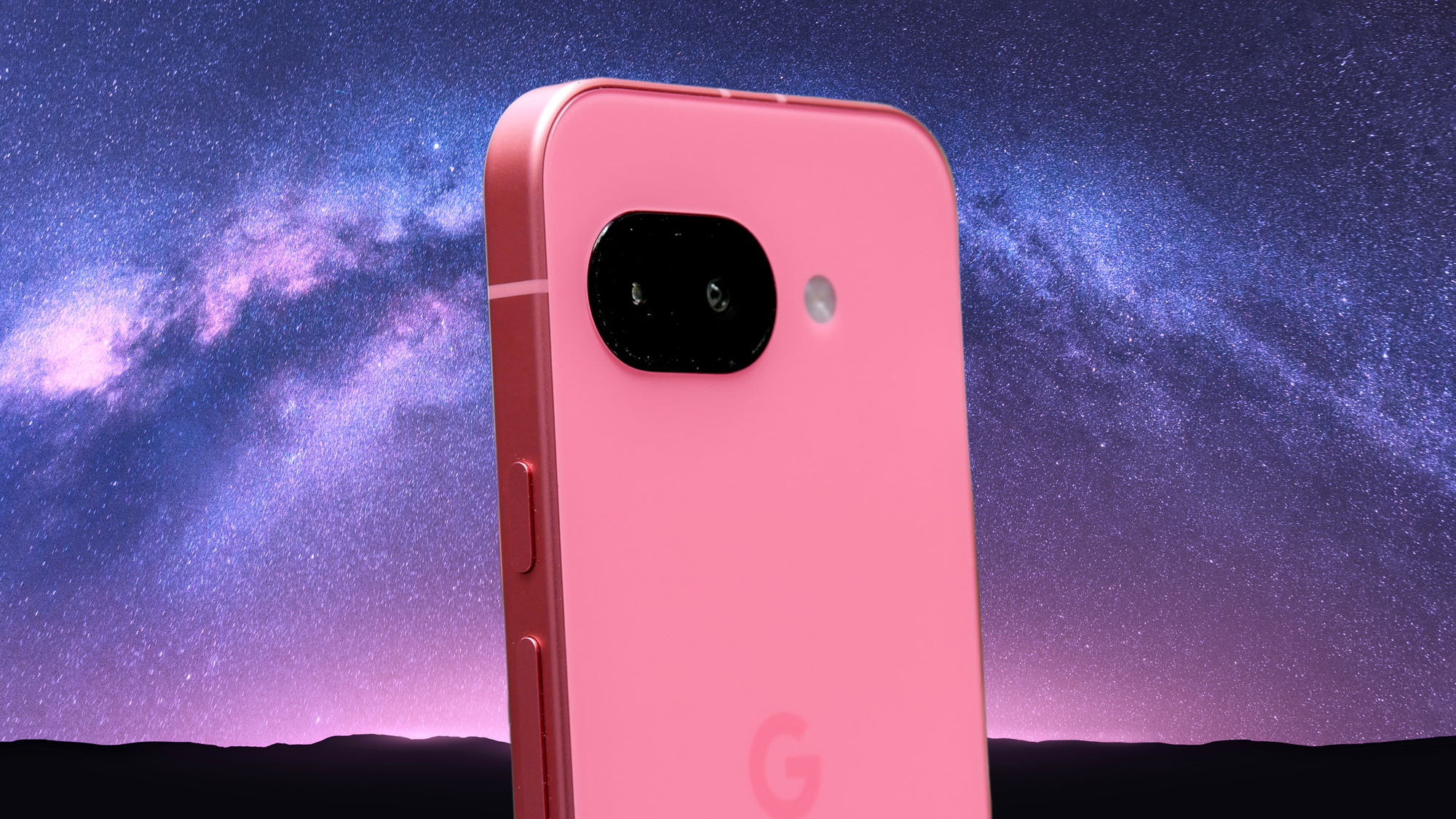
Everyone knows how much I enjoy astrophotography as a hobby. Whenever a new phone launches, I make sure to put its camera to the test with a nighttime astrophotography session. The latest phone I’m putting to the test is Pixel 9a.
This year’s best cheap phone features a 48MP main camera paired with a 13MP ultrawide. What’s interesting about this year’s model is that it ditches the beefier 64MP main sensor of the previous Pixel 8a and swaps it for a 48MP one — which actually has a wider f/1.7 aperture compared to the previous f/1.89.
Even though most people would overlook that spec, it’s the kind of thing that could improve low light capture. By drawing in more light to the sensor, images can look brighter without compromising on the details. During one clear night recently, I tried out the Pixel 9a’s astrophotography mode to see what results it can pull out. Here’s what I found.
Handheld shots in Night Sight mode
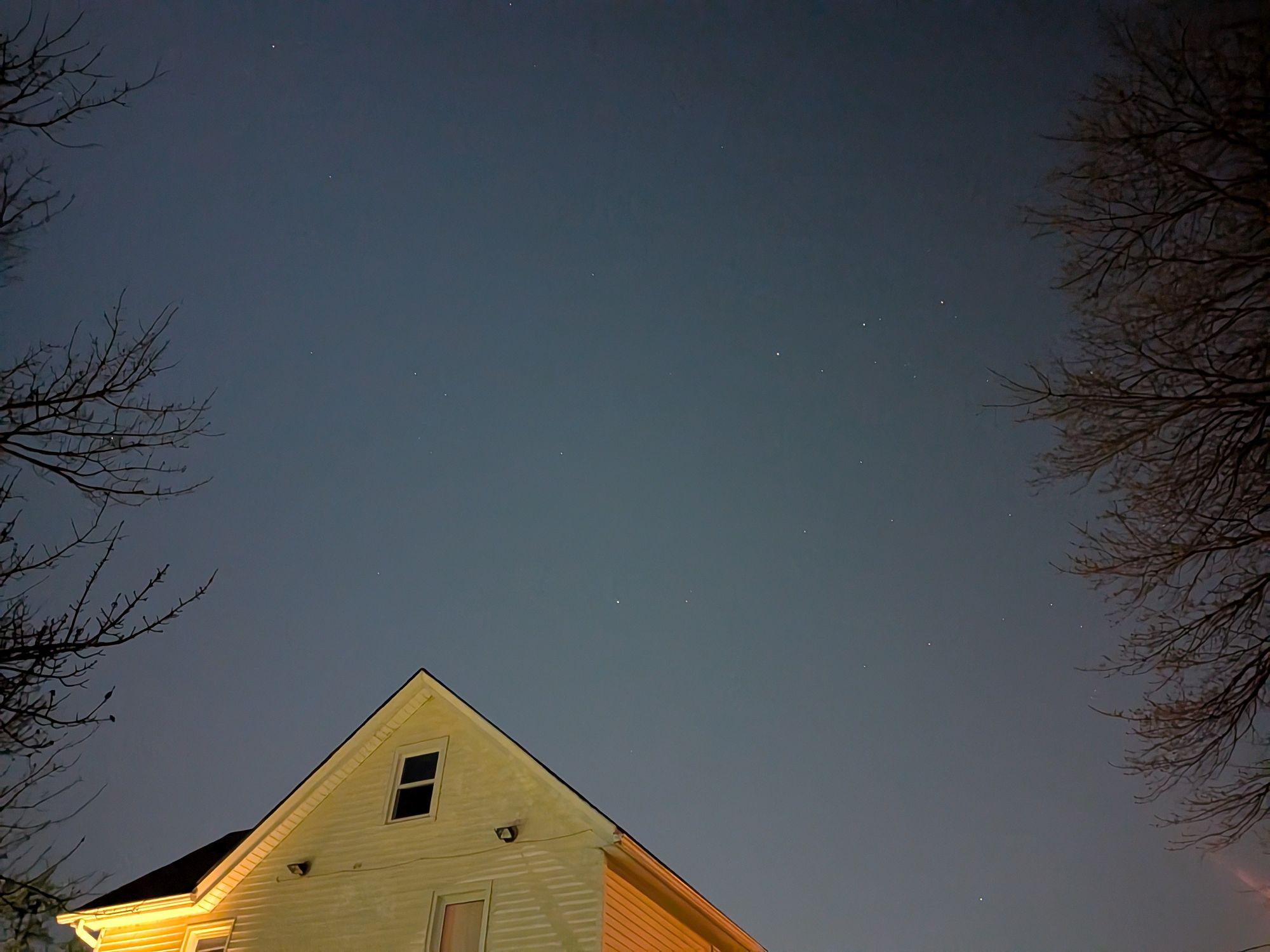

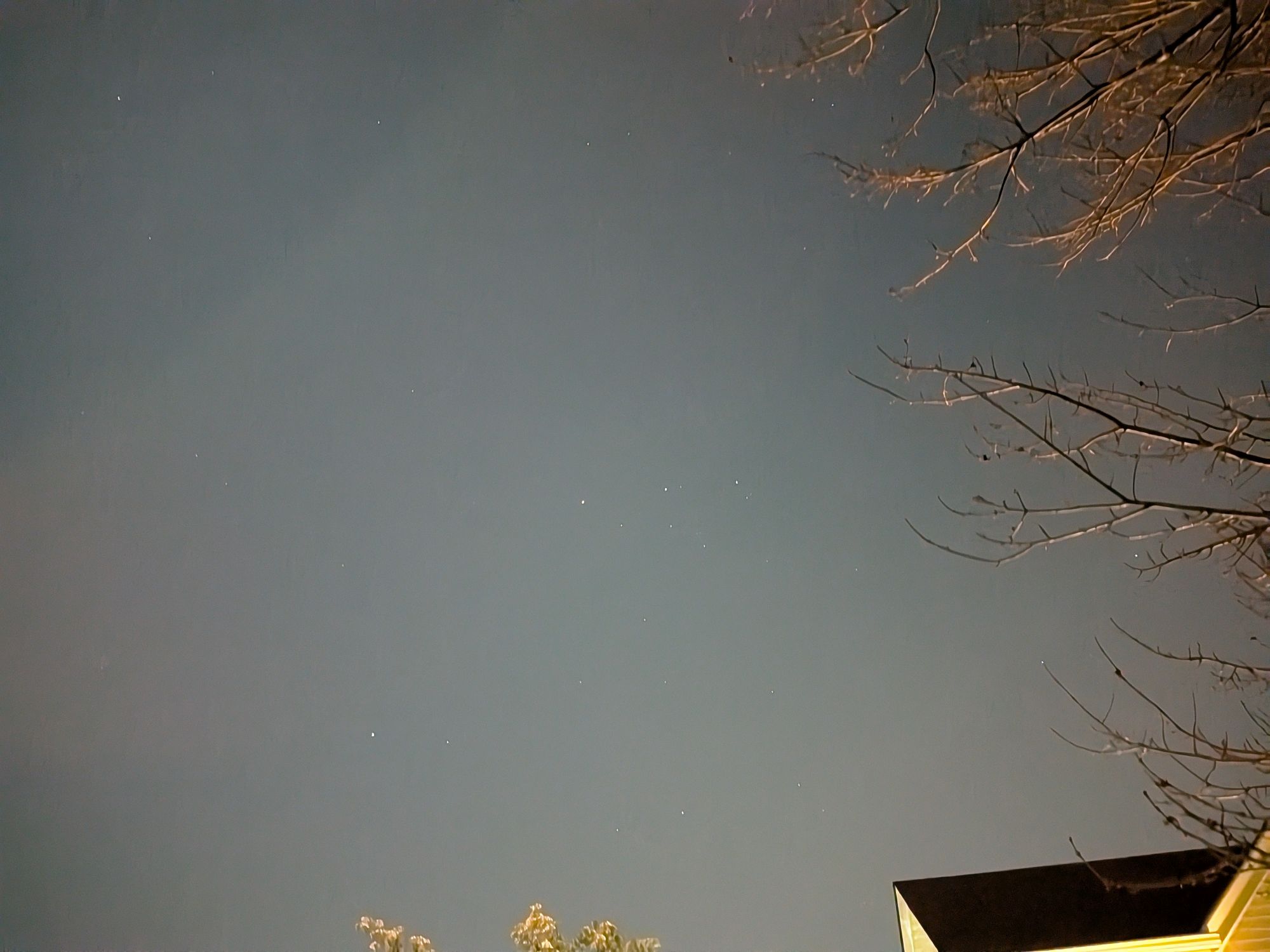
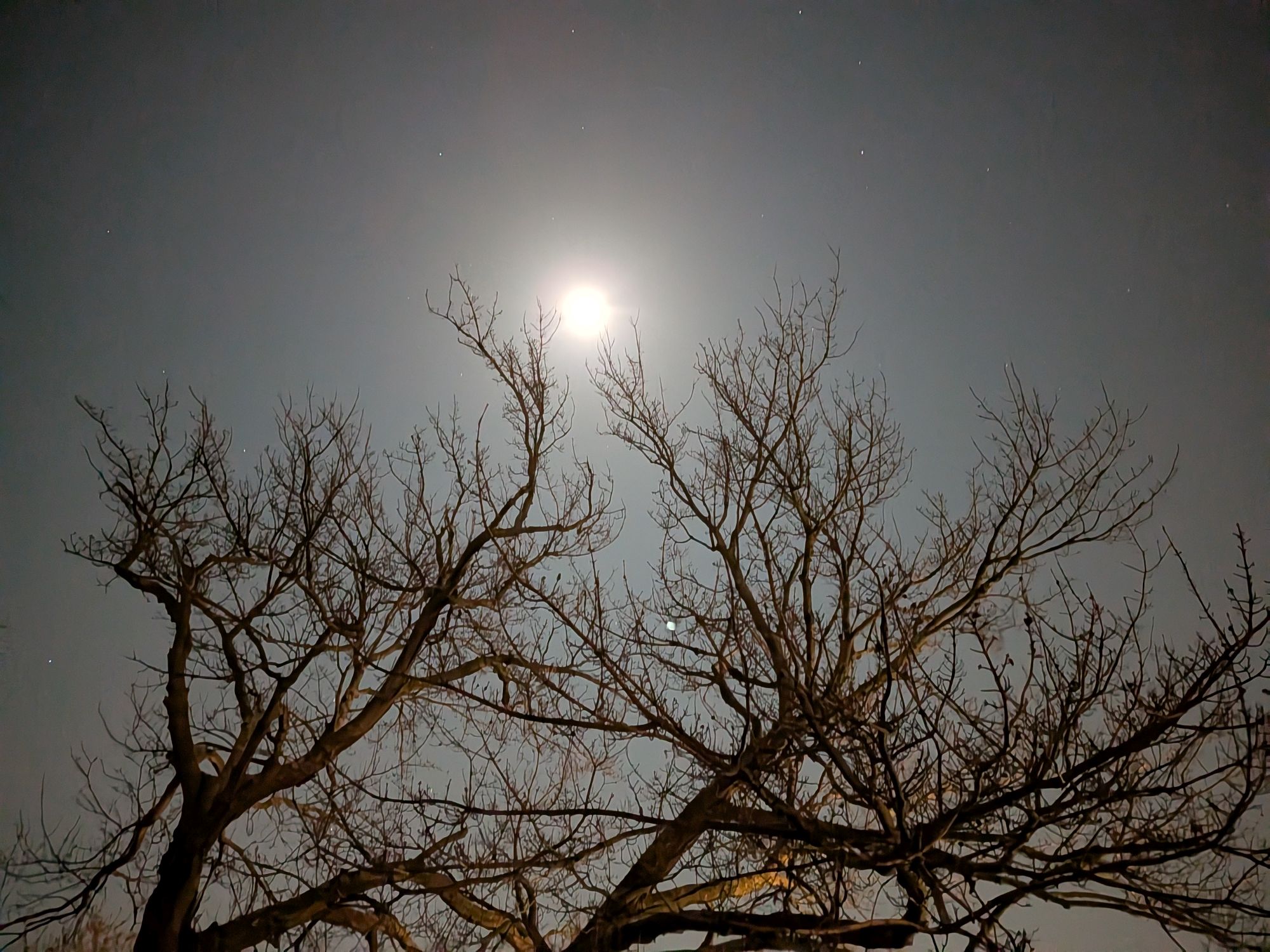
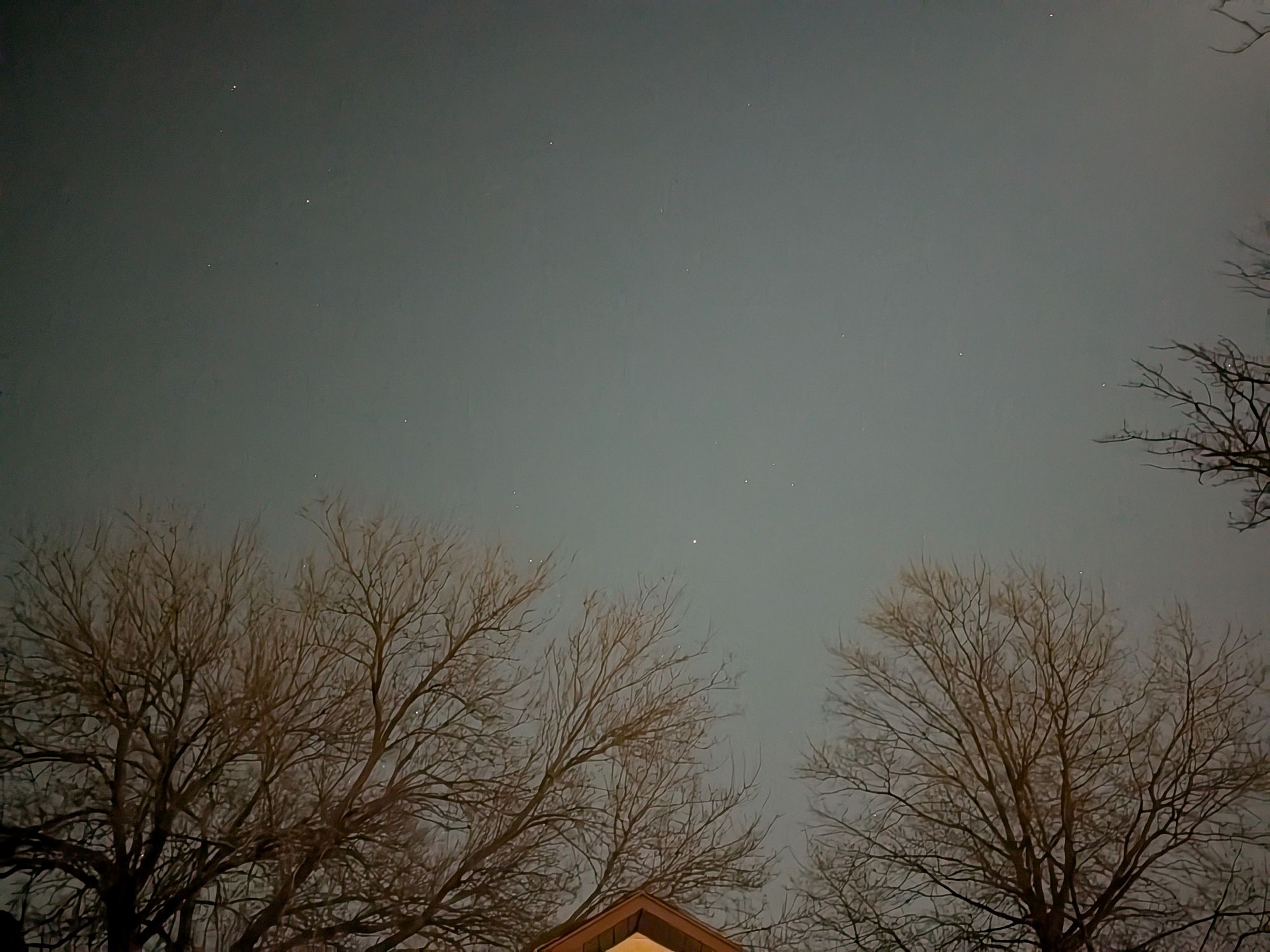
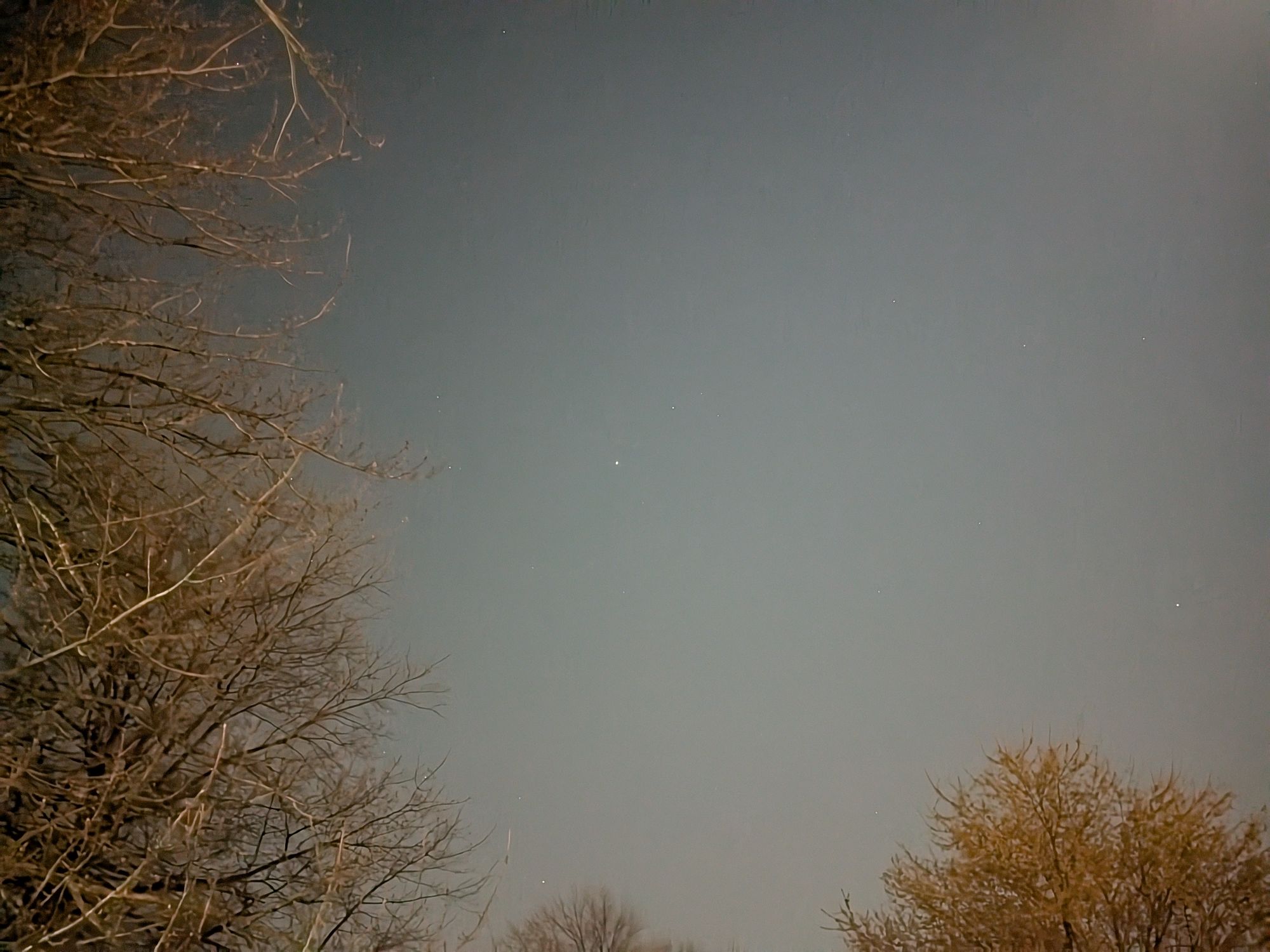
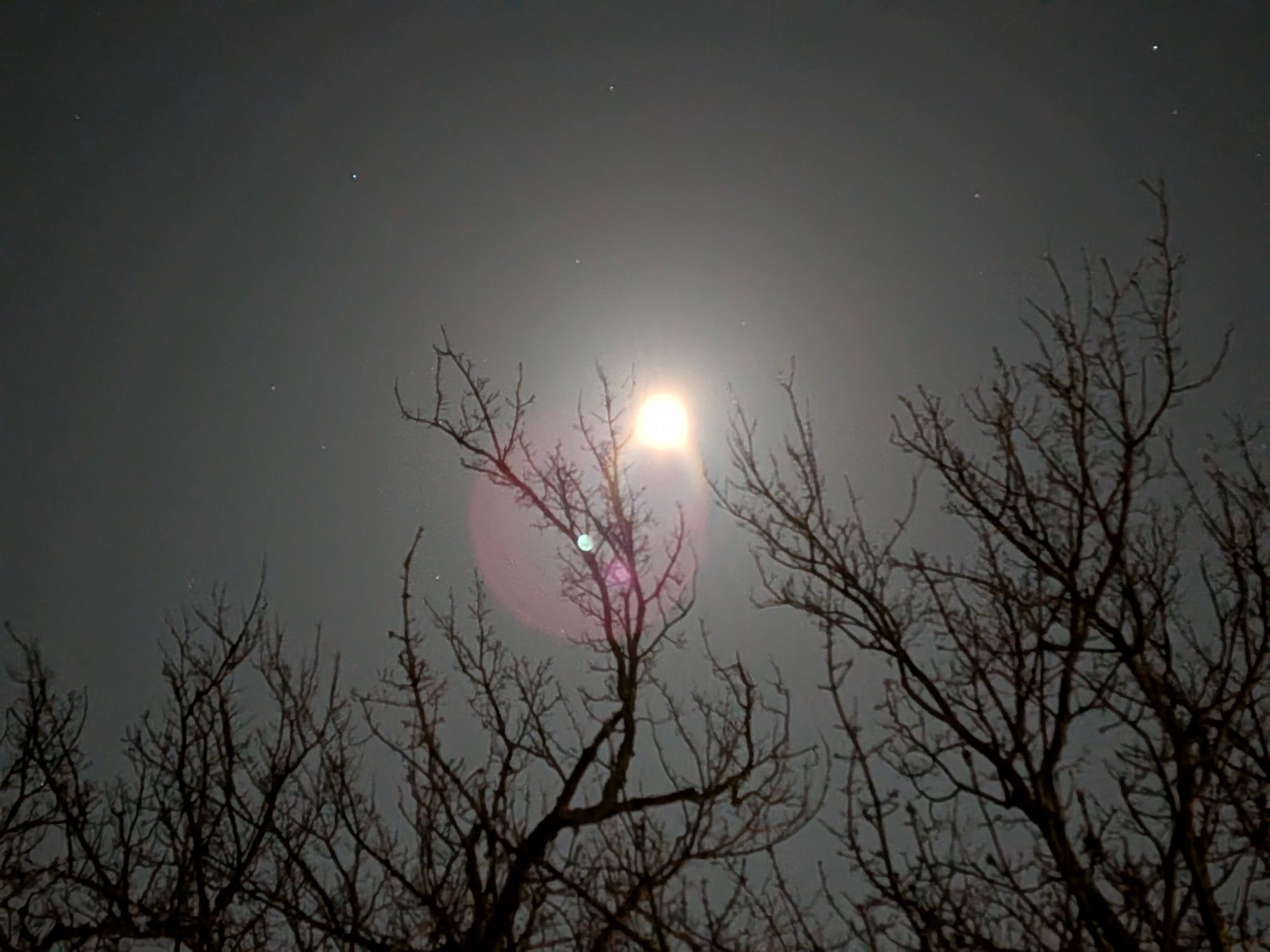
I know exactly what you need to do in order to get the best results, but I just want to share the astrophotography shots above that I captured handheld while in Night Sight mode. Naturally, a steady hand is required to eliminate any blurring as a result of unintentional shakes.
For the most part, they do capture the stars in the night sky, but I’ve seen better results from other phones — like the OnePlus 13. The biggest trouble with shooting the night sky handheld is that there’s simply not enough time to capture as much light as possible. Furthermore, due to how the long exposure doesn’t last for more than a few seconds, they’re captured at higher ISO.
As a result, some of the surrounding details, like the tree branches, often come out murky. I also notice that the handheld shots have a greenish color tone to them.
Much better results in astrophotography mode
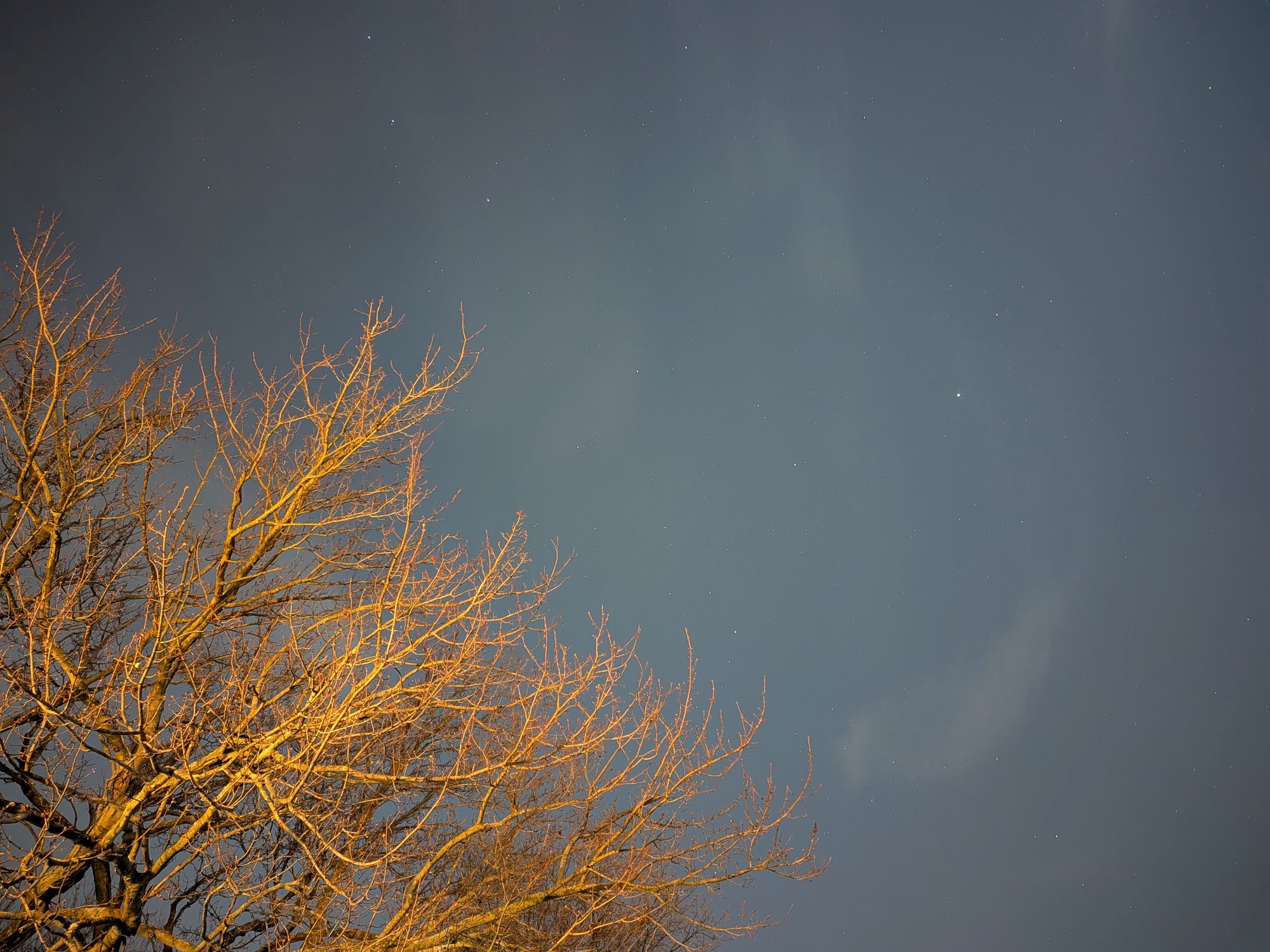

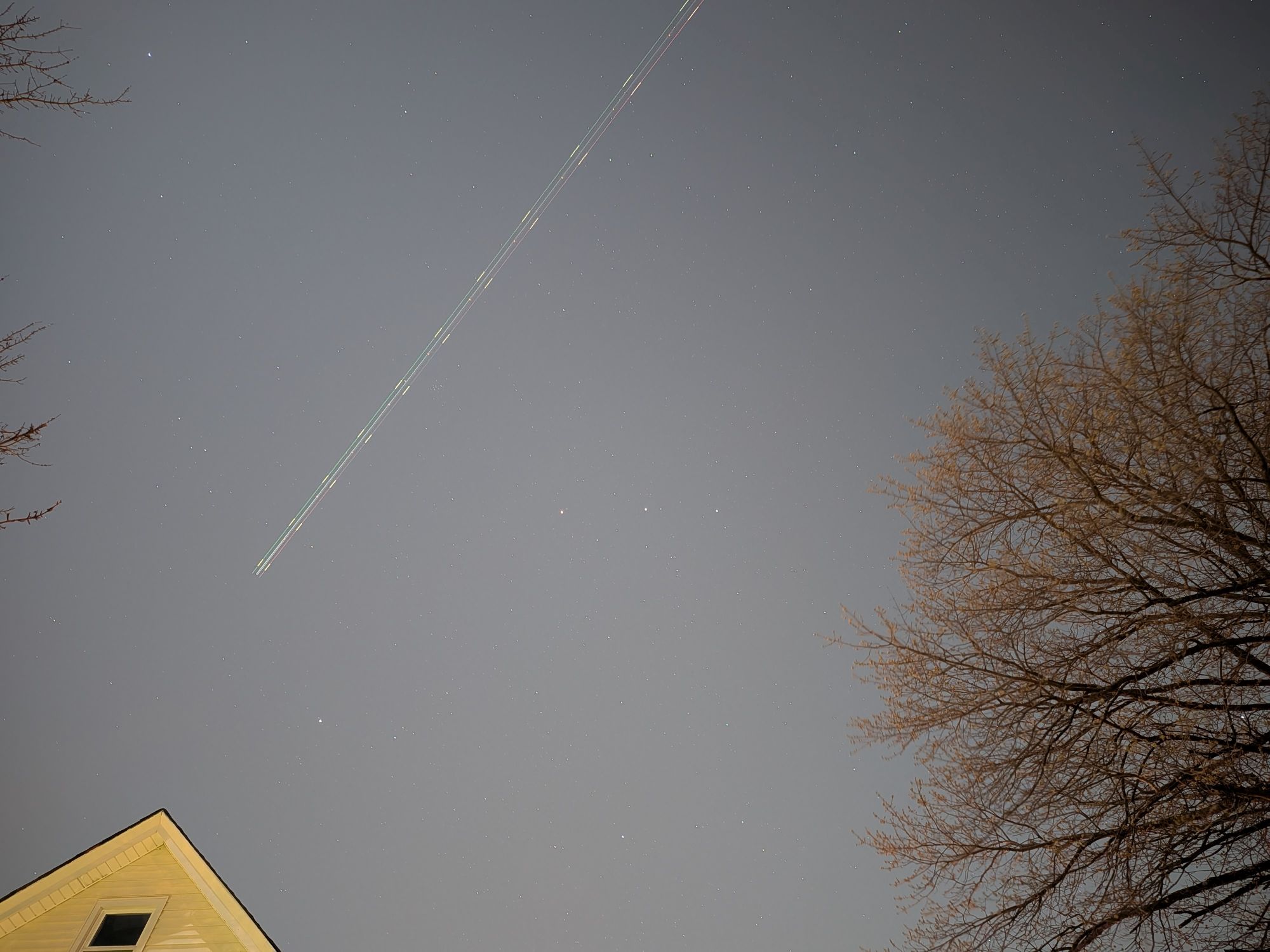
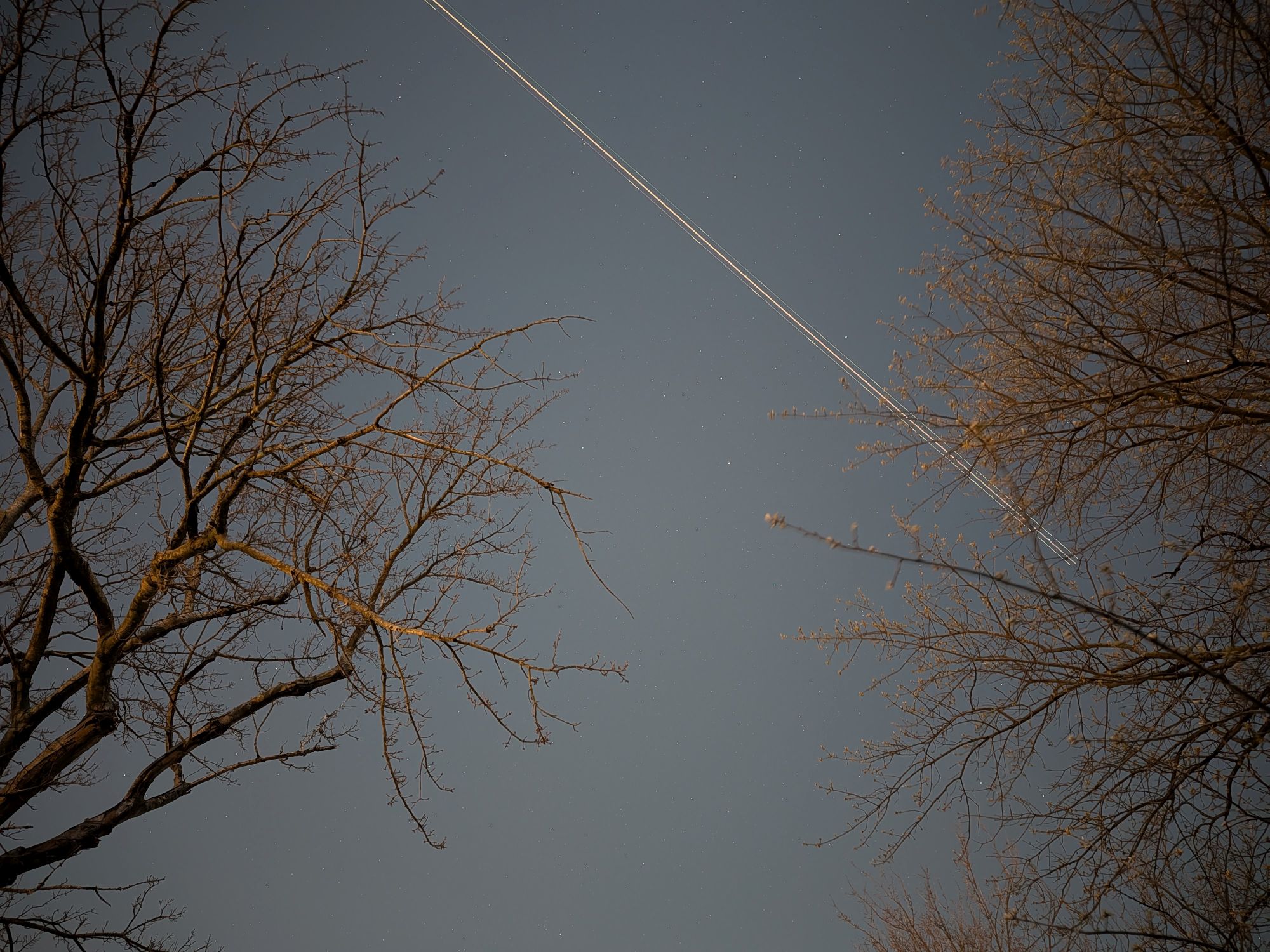
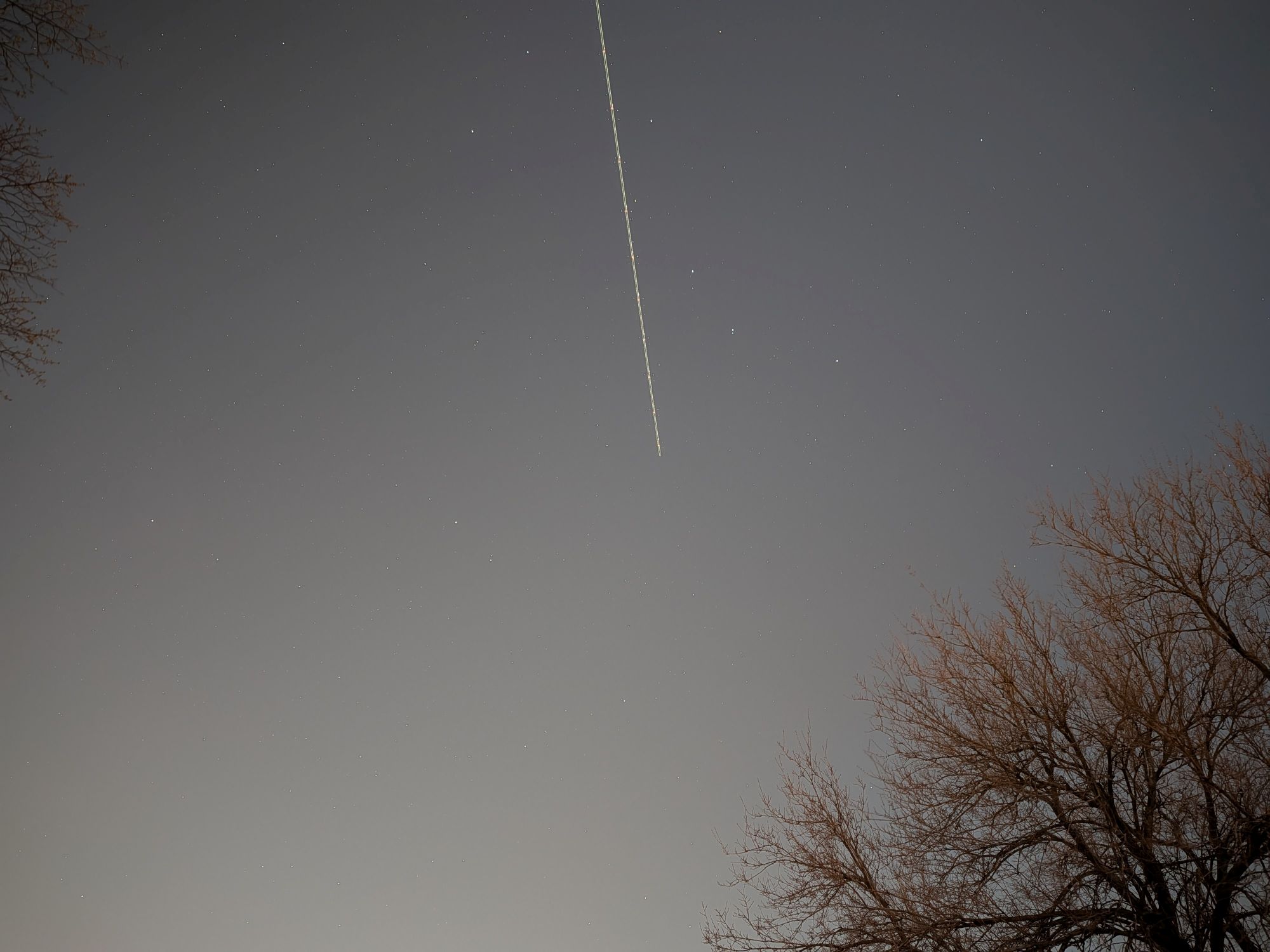
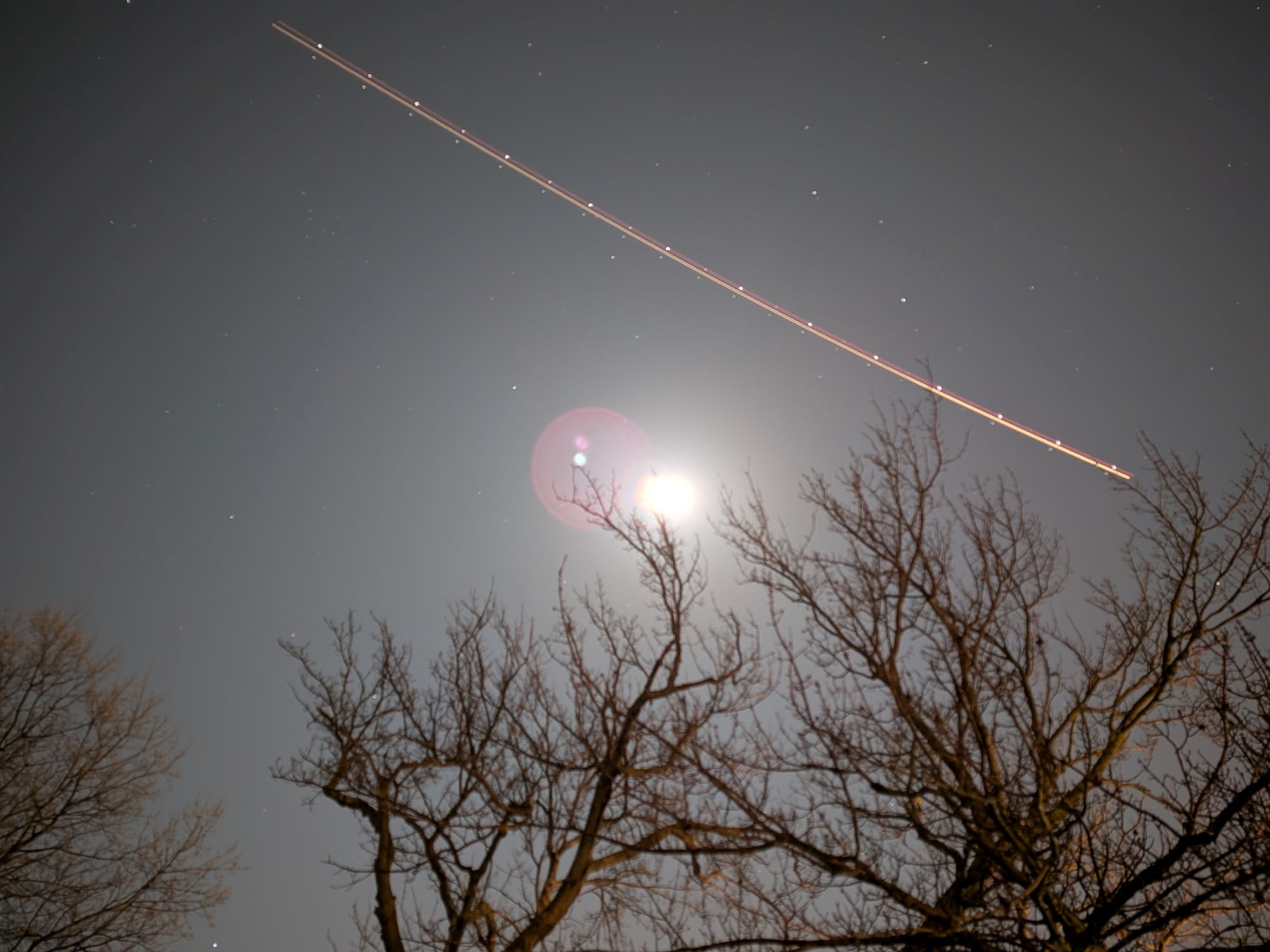
In order to get the best results, you need to follow the usual guidelines I’ve mentioned in all of my astrophotography shoot outs. This consists of keeping the phone very still, which can be done by attaching it to a phone holder and tripod. There are other types of mounts and grips that you can use, but the important thing here is that the phone needs to be absolutely still.
Sign up to get the BEST of Tom's Guide direct to your inbox.
Get instant access to breaking news, the hottest reviews, great deals and helpful tips.
When you’ve done this and point the Pixel 9a to the sky, you should see the shutter button in Night Sight mode turn into a star icon — indicating that it’s in proper astrophotography mode. But before you hit that button, I would recommend that you activate a 3-second timer to eliminate the subtle shake from pressing on the shutter button.
Just know that you’ll be waiting a good while before the Pixel 9a’s done snapping the photo because in astrophotography mode, it could take upwards of 5 minutes to complete a shot. But this is exactly what’s needed to get the best results. Everything is much sharper and more detailed, with fewer instances of the stars appearing to trail. Not only that, but more stars become visible due to this long exposure.
The first shot in the gallery above is my favorite, due to how it captures the wispy clouds in between the stars and nearby tree to the left. Speaking of the tree, the level of detail around the branches make it much sharper looking to the eye.
Gone too is the greenish hue from the handheld shots, replaced with a more realistic looking shot that gives the night sky a cooler color temperature. The only downside to the long exposure is that it gives more time for airplanes, satellites, and other aerial vehicles to come into frame and cause a streaking effect.
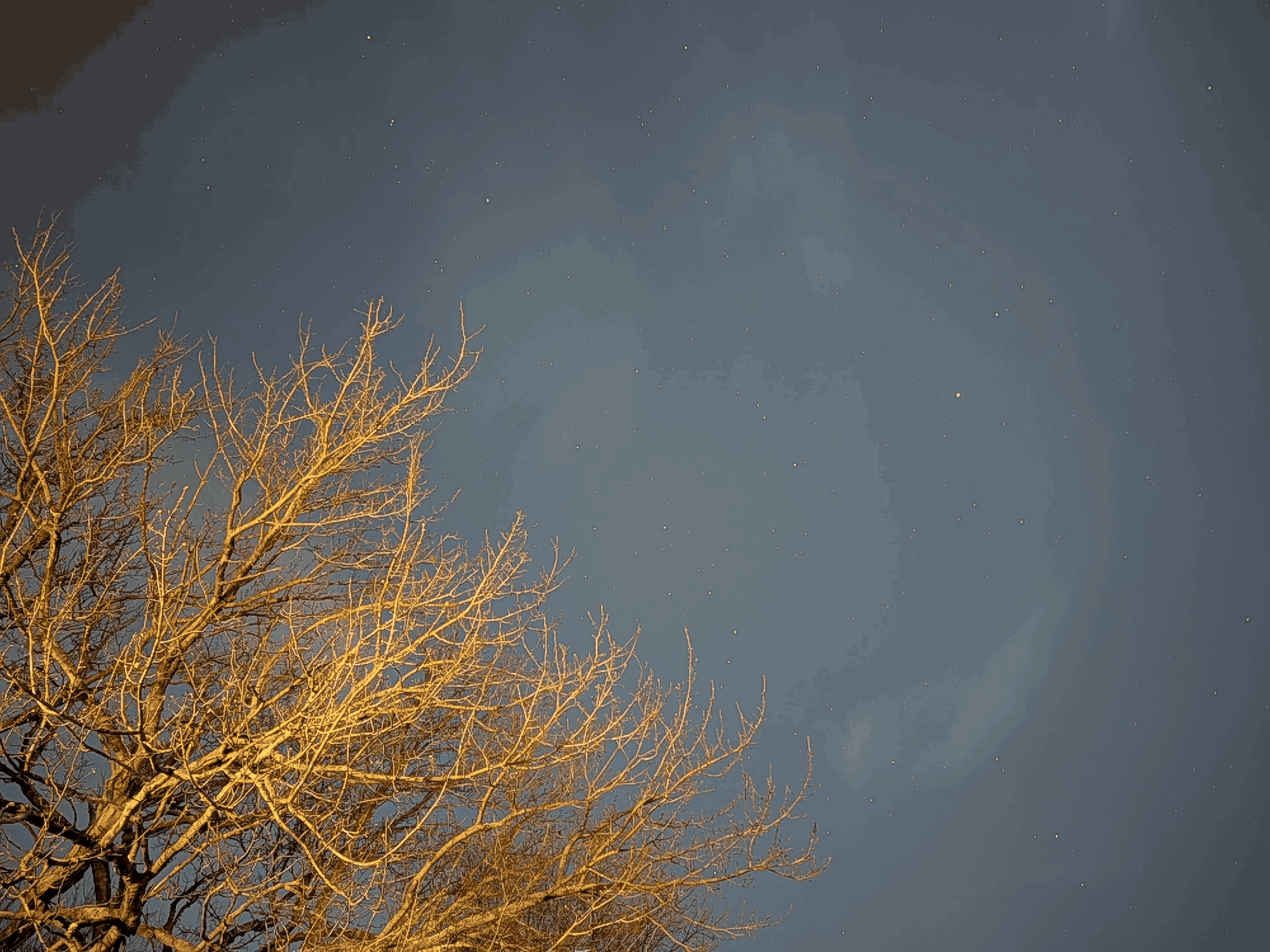
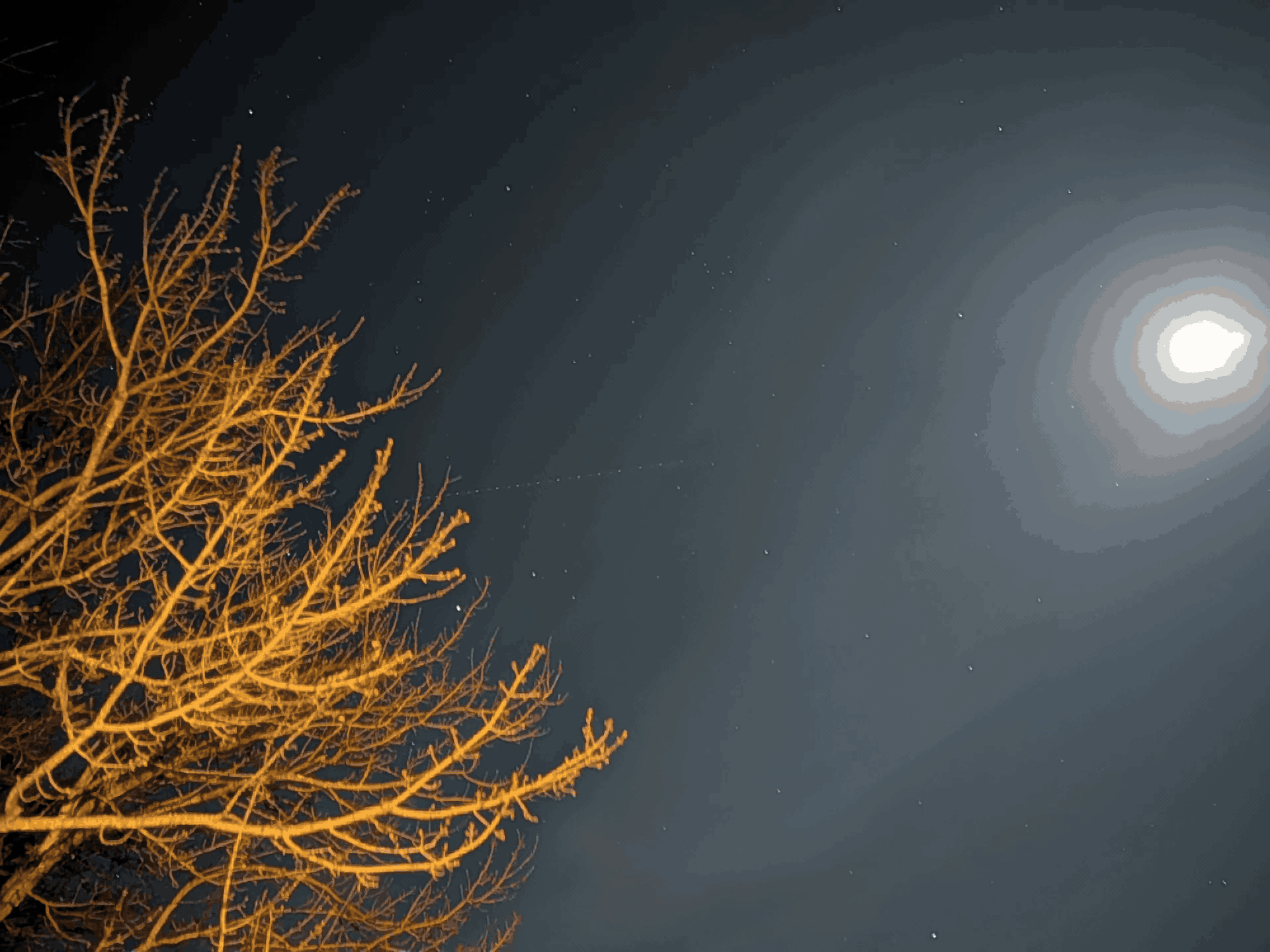
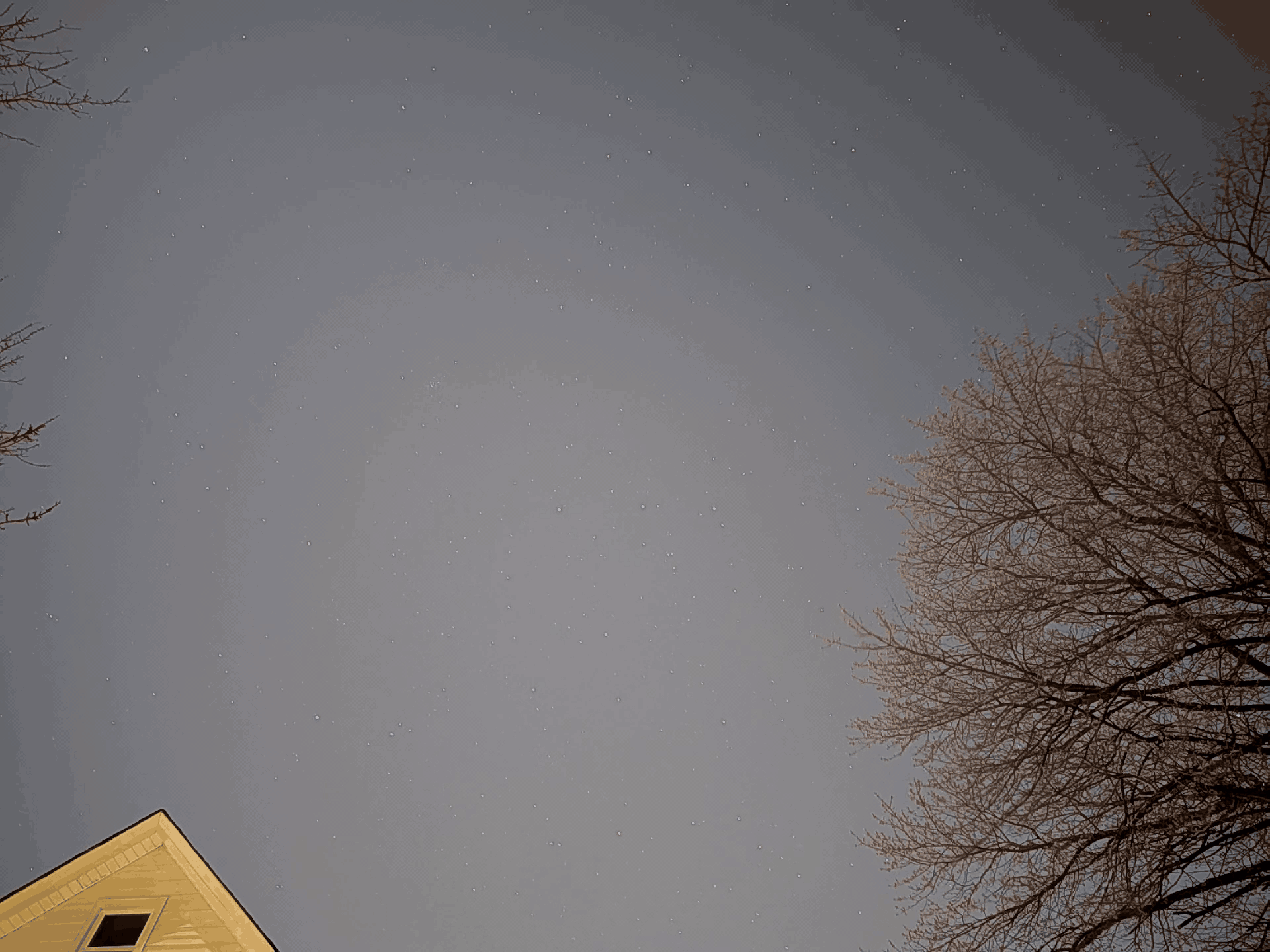
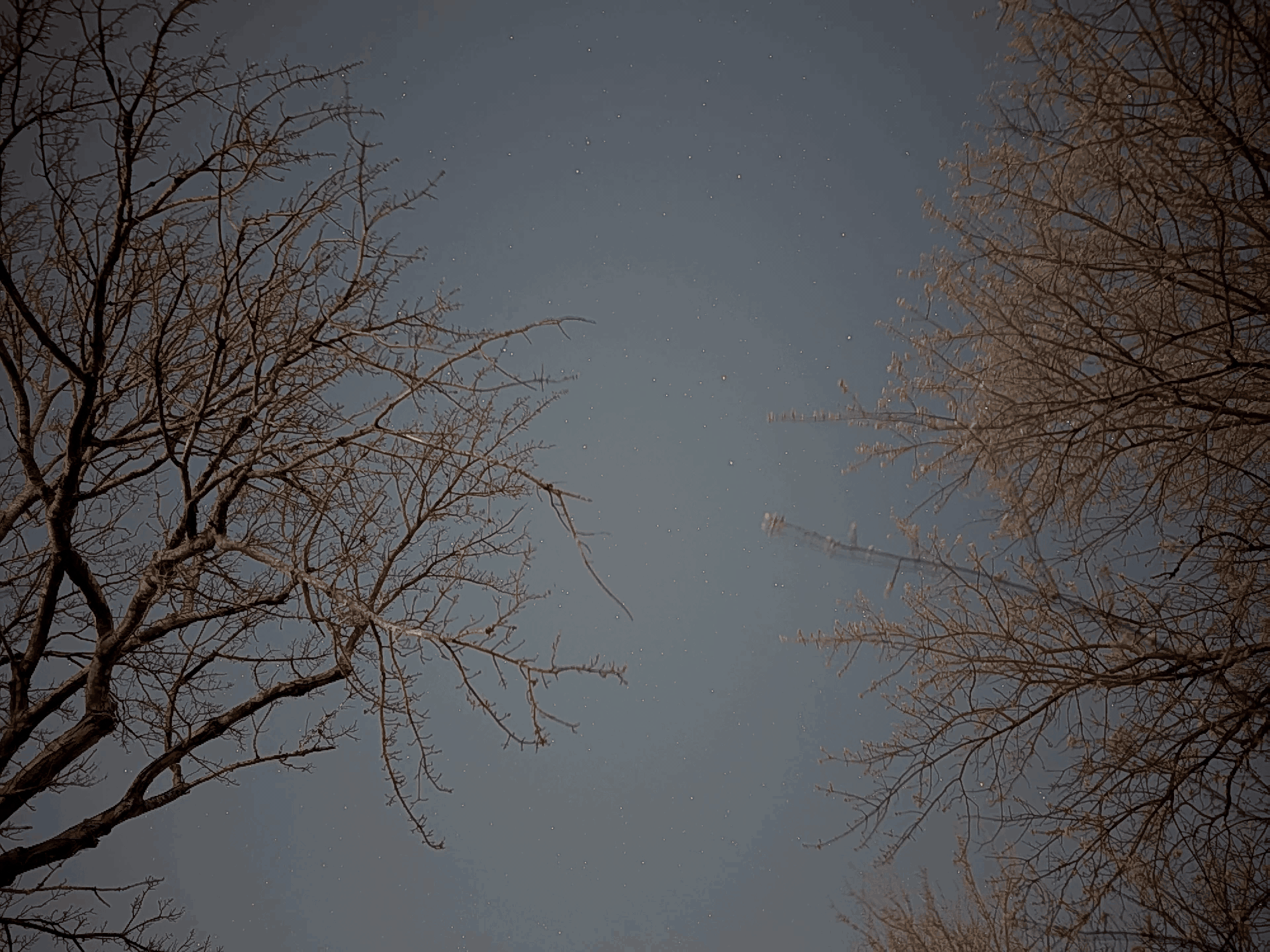
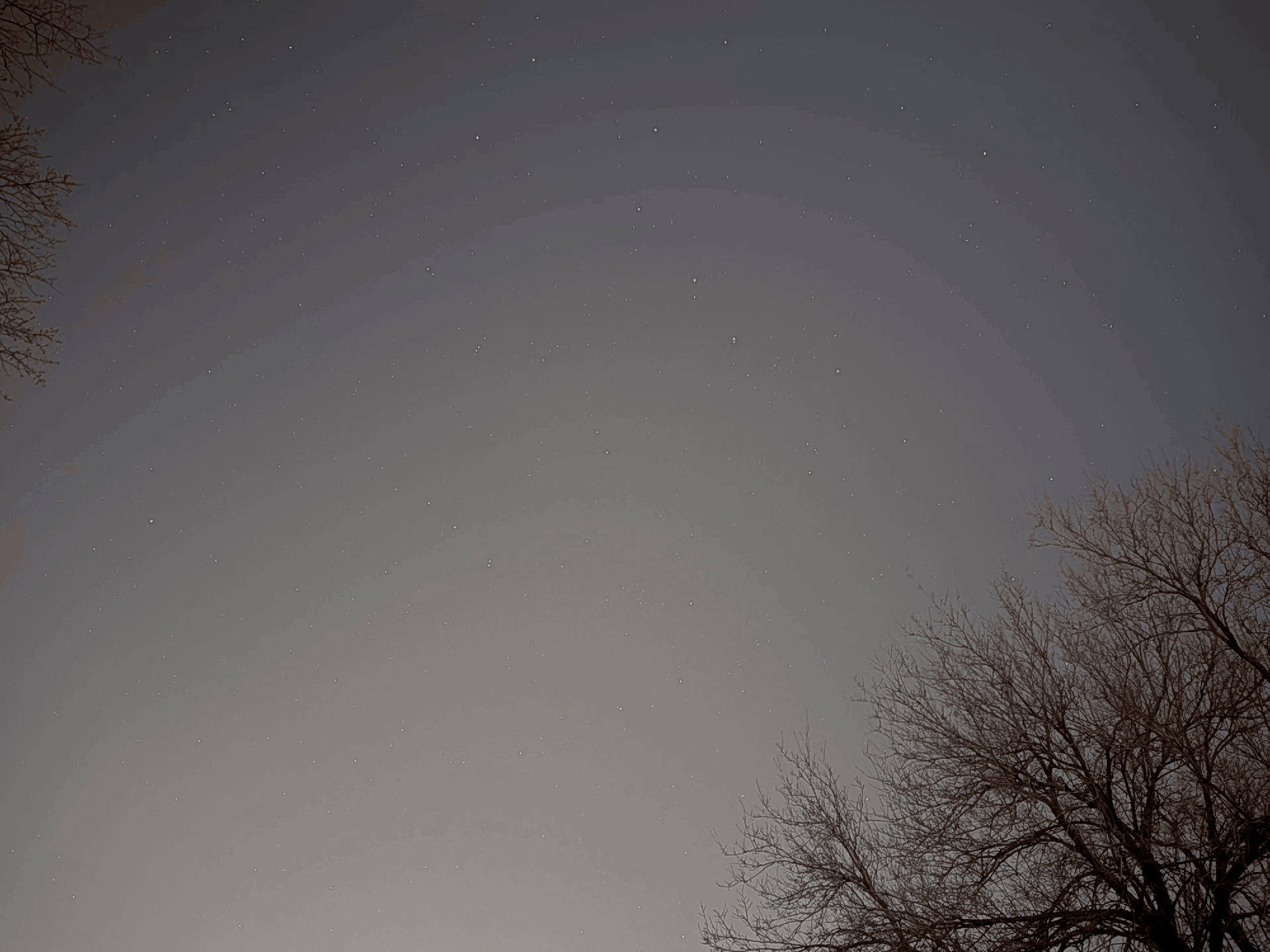
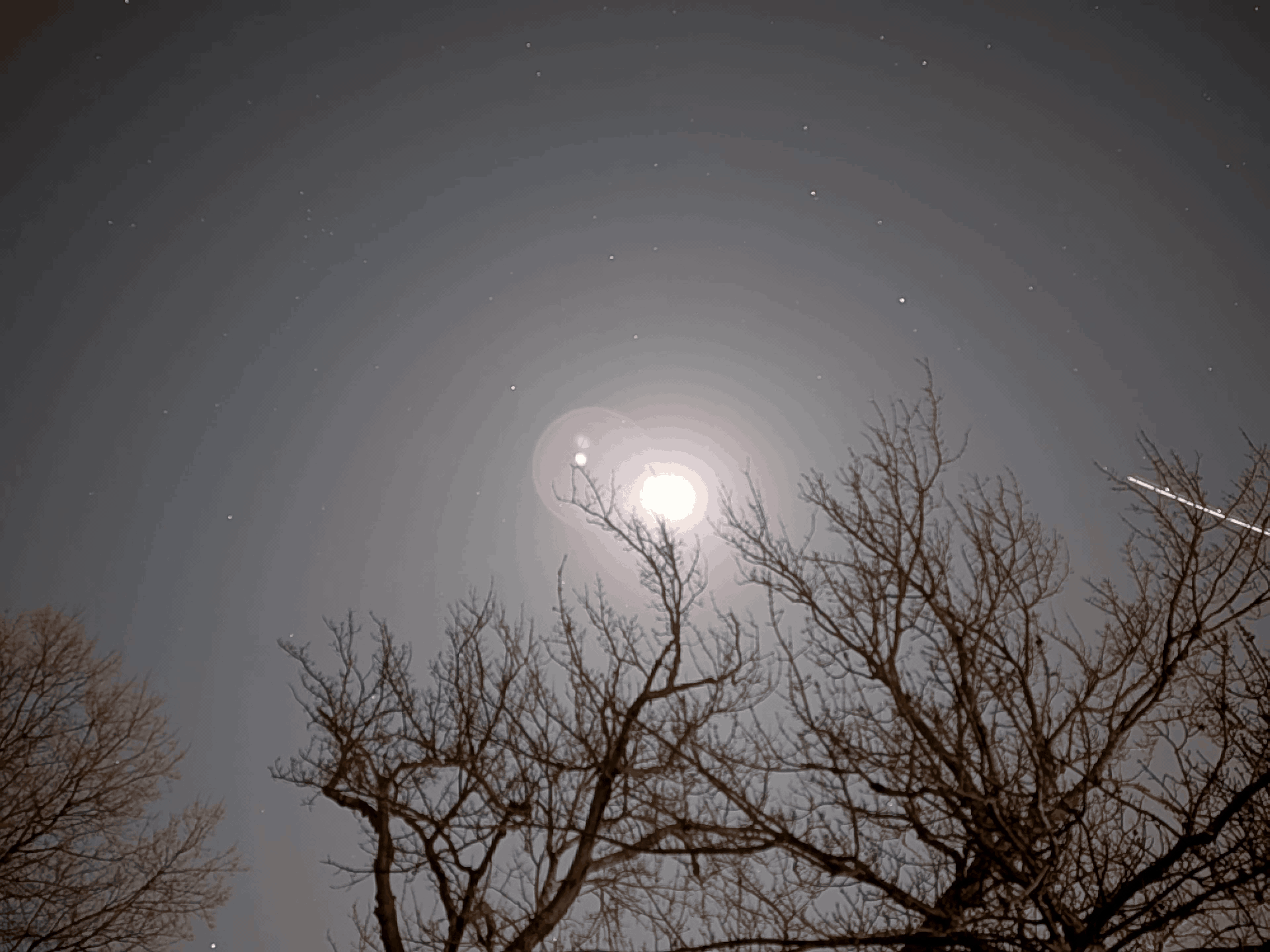
Just like on the Pixel 9 Pro XL, astrophotography mode with the Pixel 9a also captures a short time lapse clip that accompanies the photo. It’s an extra treat that I like having to show the movement of the Earth relative to the night sky, plus the dramatic effect that passing clouds have with the shot.
Even though the gif animations above show these bandings, they’re just the result from converting the original video to a gif. The original video clips from the Pixel 9a don’t have them and they look sharper as well.
Bottom Line
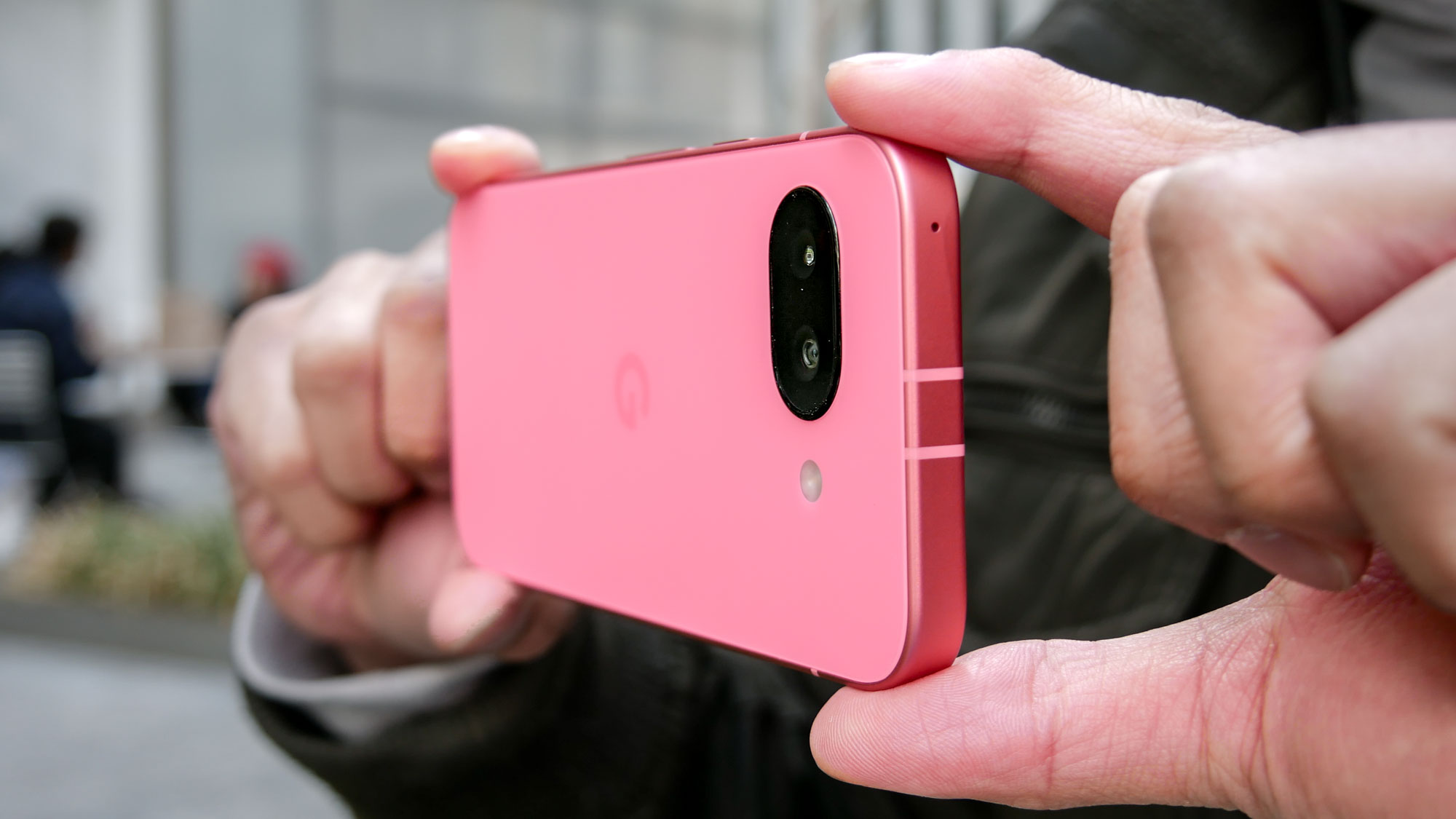
The astrophotography performance of the Pixel 9a is very good, much better than other budget phones I’ve tested. In fact, they produce better quality than the Nothing Phone 3a Pro astrophotography shots I’ve previously captured. For a phone under $500, I think it’s incredible what it’s able to uncover in the night sky — and I think it’s swell that it accompanies them with a time lapse clip.
Compared to other flagship phones, however, the only thing the Pixel 9a’s missing is the ability to better capture the moon and other deep space objects. For example, I was able to capture M45 The Pleiades with great fidelity using the telephoto zoom camera on the Pixel 9 Pro XL. Meanwhile, my jaw dropped to the floor when I used the iPhone 16 Pro Max’s 5x optical zoom camera to peek at M42 The Great Orion Nebula because it showed the gases emanating from the core of that nebula.
You won’t see these finer details with the Pixel 9a because all of its zooming capabilities fall back to its main camera. But despite this, I still think it does an amazing job of capturing the wider picture of the night sky.
More from Tom's Guide

John’s a senior editor covering phones for Tom’s Guide. He’s no stranger in this area having covered mobile phones and gadgets since 2008 when he started his career. On top of his editor duties, he’s a seasoned videographer being in front and behind the camera producing YouTube videos. Previously, he held editor roles with PhoneArena, Android Authority, Digital Trends, and SPY. Outside of tech, he enjoys producing mini documentaries and fun social clips for small businesses, enjoying the beach life at the Jersey Shore, and recently becoming a first time homeowner.
You must confirm your public display name before commenting
Please logout and then login again, you will then be prompted to enter your display name.
